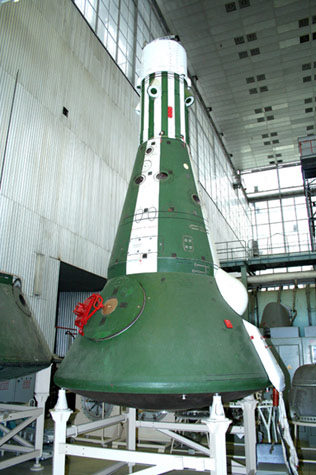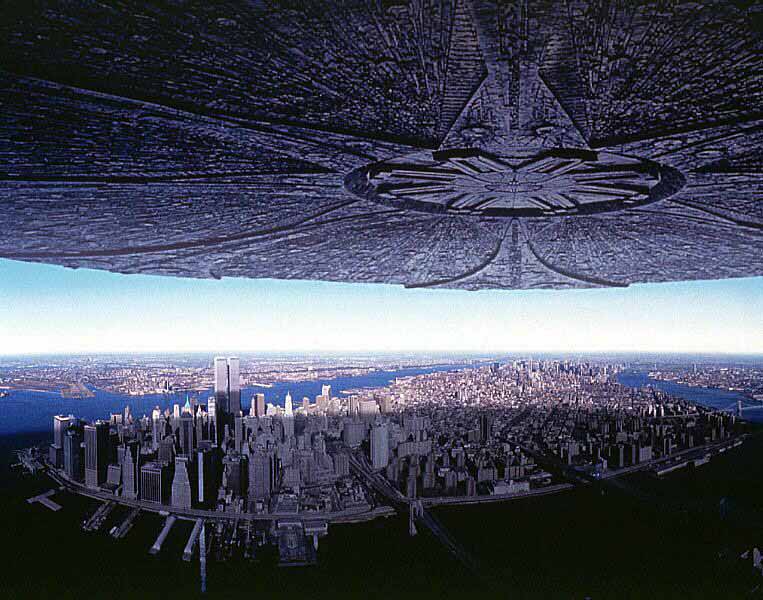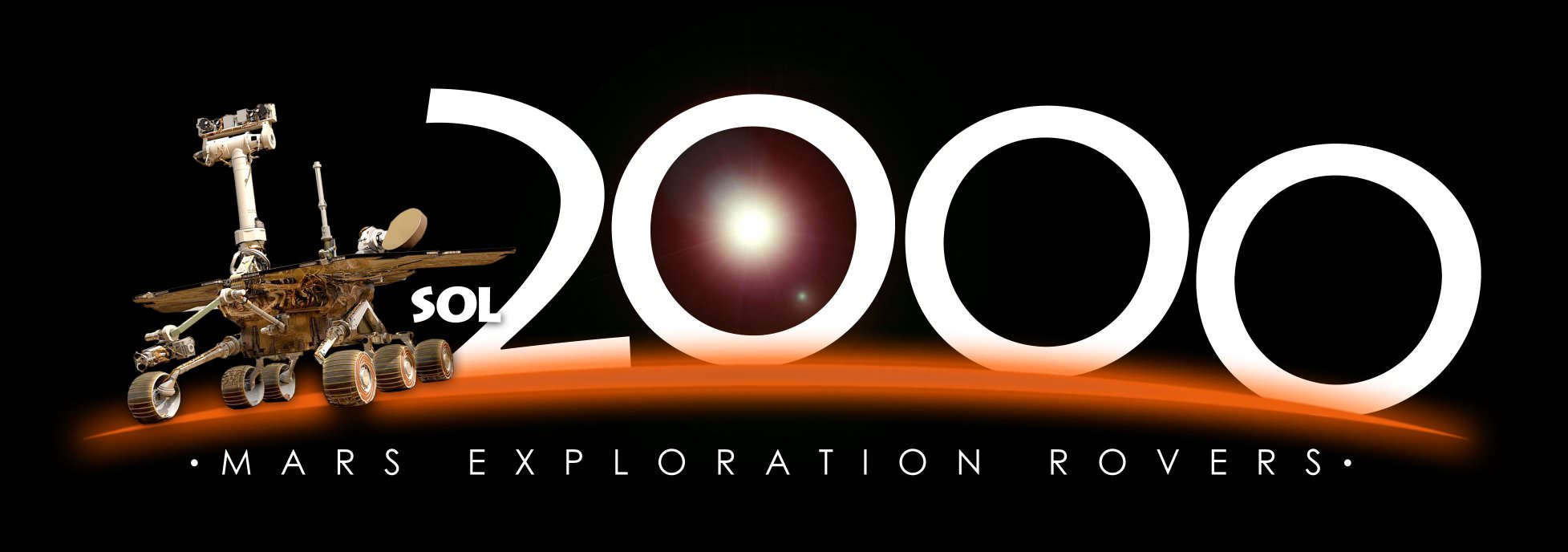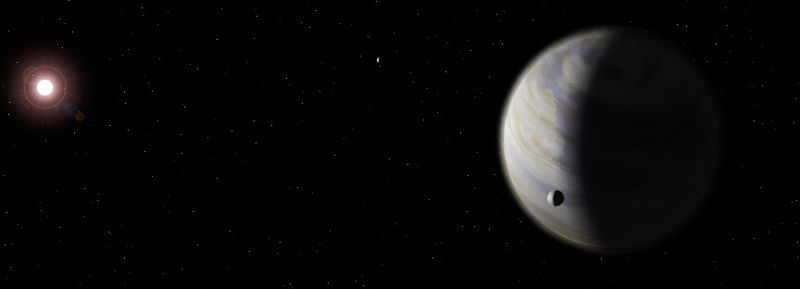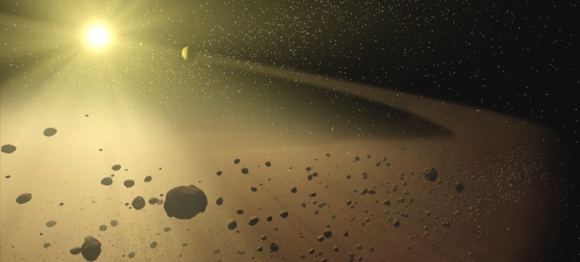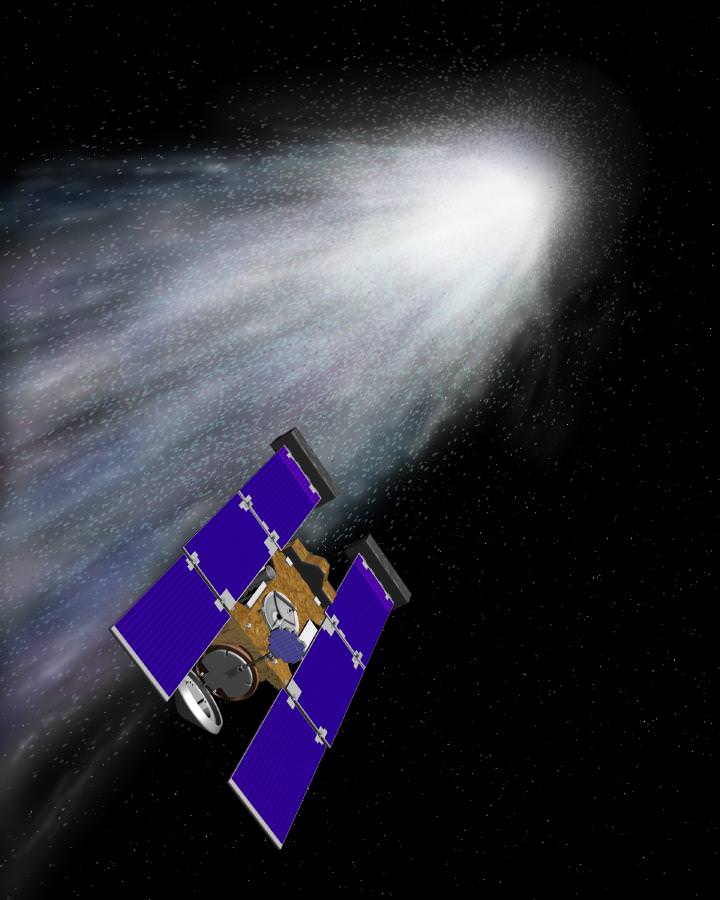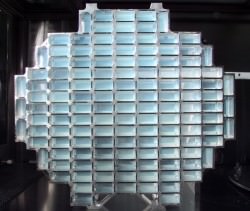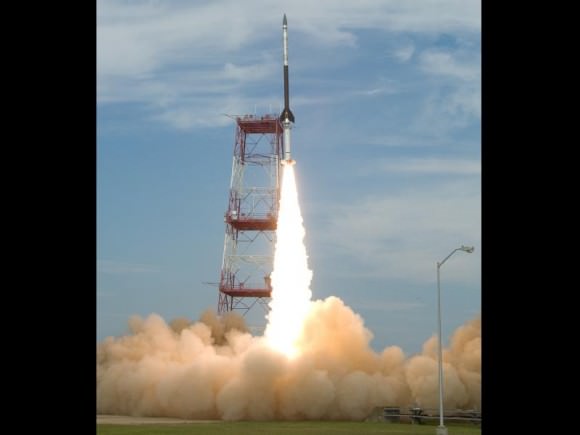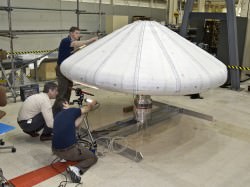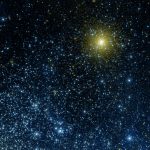[/caption]
An international company announced plans to launch a commercial space venture using spacecraft designed for a once classified Russian space program. Excalibur Almaz Limited plans to offer week-long orbital space flights beginning as early as 2013 with updated 1970’s era Reusable Return Vehicles, designed for flying to the USSR’s top-secret Almaz space station. Excalibur Alamaz’s press release said they would be “taking a big leap beyond the sub-orbital flight market targeted by most other private space companies.”
Excalibur Almaz (EA) is currently updating the spacecraft to conduct crew and cargo space missions for private individuals, corporations, academic institutions and national governments.
JSC MIC NPO Mashinostroyenia (NPOM) of Russia originally built the spacecraft and EA has purchased both the rockets and modules for the Almaz space station, which was never flown. The RRVs went through nine flight tests, with two RRVs flown to orbit several times.
EA Founder and CEO Art Dula said, “Through cooperation with NPOM and with the support of leading space contractors around the world and an exceptionally strong management and advisory team, EA is in a unique position to initiate a new era of private orbital space exploration.”
Cosmonaut Vladimir Titov, advisor to EA in Russia, said, “With this announcement, the dream of private orbital space exploration may become a reality in the very near future.”
Former NASA astronaut LeRoy Chiao, a current member of the Augustine Commission, is the Executive Vice President for EA.
EA is headquartered in Isle of Man, British Isles, and support contractors are located in Moscow, Tokyo, Houston and Los Angeles.
EA’s spacecraft will consist of two parts: an RRV and an expendable service module to provide crewmembers with room to comfortably operate during spaceflight. EA said they will “update the Almaz RRVs with flight-proven technologies where appropriate, while retaining tested legacy systems to ensure safety and economy of operation. A critical feature of the RRVs is their reusability, which will reduce logistical, overhead and program costs for commercial access to space.”
EA plans for its spacecraft to be compatible with a number of launch vehicles and capable of being launched from worldwide sites.
Excalibur Almaz website.
Source: EA Press Release

